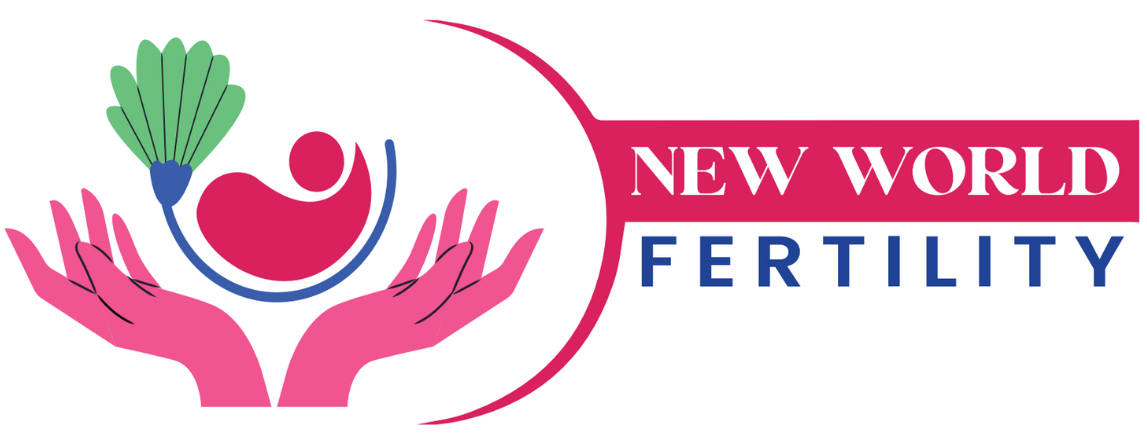What Are The Different IVF Protocols?
In the journey towards conception, In Vitro Fertilization (IVF) offers hope to many couples facing infertility. One crucial aspect of IVF is the protocol chosen by the fertility specialist, as it can significantly impact the treatment’s success. At New World Fertility Centre in Delhi, we utilize a range of IVF protocols tailored to individual needs. Understanding these protocols can help you make informed decisions about your fertility treatment.
Long Protocol
The Long Protocol is one of the most commonly used IVF protocols. It involves a preliminary phase where medication is given to suppress natural ovulation. This is followed by ovarian stimulation with hormones to encourage the development of multiple eggs. The Long Protocol is typically recommended for women with regular menstrual cycles and good ovarian reserve.
Key Steps:
- Suppression Phase: Administering GnRH agonists to prevent premature ovulation.
- Stimulation Phase: Using FSH or LH injections to stimulate the ovaries.
- Trigger and Retrieval: Administering an HCG injection to trigger ovulation and then retrieving the eggs.
Short Protocol
Also known as the Antagonist Protocol, the Short Protocol is often chosen for women with a normal ovarian reserve but who need a more streamlined approach. This protocol involves ovarian stimulation with medications starting on day 2 or 3 of the menstrual cycle, followed by the use of GnRH antagonists to prevent premature ovulation.
Key Steps:
- Stimulation Phase: Starting with FSH or LH injections to stimulate egg production.
- Antagonist Use: Administering GnRH antagonists to avoid premature ovulation.
- Trigger and Retrieval: Triggering ovulation and retrieving the eggs.
Mini IVF Protocol
Mini IVF, or Minimal Stimulation IVF, is designed for women with a reduced ovarian reserve or those who prefer a less intensive treatment. This protocol uses lower doses of medication to stimulate the ovaries, aiming to produce fewer but potentially higher-quality eggs.
Key Steps:
- Low-Dose Stimulation: Using lower doses of FSH to stimulate the ovaries.
- Monitoring: Frequent monitoring of ovarian response.
- Trigger and Retrieval: Triggering ovulation and retrieving the eggs when they are ready.
Natural Cycle IVF
Natural Cycle IVF aims to retrieve and fertilize the single egg that naturally develops in a woman's cycle. This protocol is suitable for women with a good ovarian reserve and those who prefer a more natural approach without the use of fertility medications.
Key Steps:
- Monitoring: Tracking the natural cycle to identify the mature egg.
- Trigger and Retrieval: Triggering ovulation and retrieving the egg during its natural cycle.
Frozen Embryo Transfer (FET) Protocol
FET is used for transferring embryos that were previously frozen during a prior IVF cycle. This protocol involves preparing the uterine lining to receive the embryo and timing the transfer to align with the embryo’s thawing and development.
Key Steps:
- Preparation of Uterine Lining: Using hormones to prepare the endometrium.
- Thawing and Transfer: Thawing the embryos and transferring them into the uterus.
Choosing the Right Protocol
Selecting the appropriate IVF protocol depends on various factors, including age, ovarian reserve, previous fertility treatments, and individual health conditions. At New World Fertility Centre in Delhi, our expert team of fertility specialists will evaluate your unique situation and recommend the most suitable protocol to maximize your chances of success.
Conclusion
Understanding the different IVF protocols can empower you to make informed decisions about your fertility treatment. Whether you’re starting your IVF journey or considering a different approach, New World Fertility Centre in Delhi is here to provide personalized care and support every step of the way. Contact us today to learn more about how we can help you achieve your dream of parenthood.
Frequently Asked Question(FAQ)
1. What is the Long Protocol in IVF?
The Long Protocol is a commonly used IVF approach where medication is initially given to suppress natural ovulation. After this suppression phase, ovarian stimulation begins to encourage the development of multiple eggs. This protocol is typically recommended for women with regular menstrual cycles and good ovarian reserve.
2. What is the Short Protocol (Antagonist Protocol) in IVF?
The Short Protocol, also known as the Antagonist Protocol, is a streamlined IVF method used for women with a normal ovarian reserve. It involves starting ovarian stimulation with medications on day 2 or 3 of the menstrual cycle and using GnRH antagonists to prevent premature ovulation.
3. What is Mini IVF and when is it used?
Mini IVF, or Minimal Stimulation IVF, is designed for women with a reduced ovarian reserve or those who prefer a less intensive treatment. This protocol uses lower doses of medication to stimulate the ovaries, aiming to produce fewer but potentially higher-quality eggs.
4. What is Natural Cycle IVF?
Natural Cycle IVF focuses on retrieving and fertilizing the single egg that naturally develops in a woman’s cycle. This approach is suitable for women with a good ovarian reserve and those who prefer a more natural method without fertility medications.
5. What is the Frozen Embryo Transfer (FET) Protocol?
The FET protocol involves transferring embryos that were previously frozen during a prior IVF cycle. This approach requires preparing the uterine lining to receive the embryo and timing the transfer to match the embryo’s thawing and development.

 Sep-10-2024
Sep-10-2024